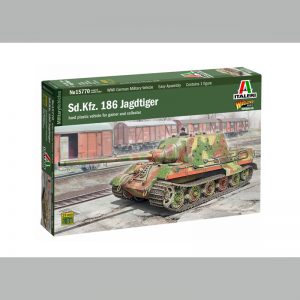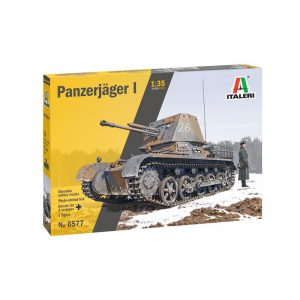Description
In the late 1950s, the Soviets were working on actual tactical problems for carrying out mobile warfare under tactical nuclear warfare conditions. They quickly realized that tanks were extremely vulnerable to rubbling – not being able to negotiate blown-down trees, buildings, etc. They also had problems with the “Mach Wave” – the point where the nuclear blast and the air being forced out from under the detonation met and wiped out anything in their path, to include flipping over tanks.
To come up with a solution, in 1955 the Council of Ministers authorized prototype design work on a “special purpose tank” to overcome these problems. The chief designer for the project was once again Zhosef Kotin, but he tasked it to L. S. Troyanov of VNII-100. After approval, one prototype was built in December 1959 and two more in May 1960. Testing showed that the tank, dubbed Article 279 (Ob”yekt 279), did not meet the requirements of the government resolution and it was cancelled in January 1961.
The tank was truly unique. For solving the mobility problem, Troyanov gave it not two but four sets of tracks, covering nearly the entire space under the hull. Due to this arrangement, the tank had a very complex transmission and drive system running down from the main hull to two pontoon-like runners with two sets of tracks on each one. The hull was as thin as it could be made, and as a result a small gondola on the belly accommodated the driver under armor as well as other components. The cast armored hull was relatively small but wide, and it was the first heavy tank to store all of its ammunition in the hull; the turret did not require a bustle and remained clear for crew movement. Although some sources say it had the “flying saucer” shape to beat the “Mach Wave” problem, it now seems it was mostly to get as much protection as possible on the tank without having to go up to 80 or 90 metric tons weight (it weighed a claimed 60 metric tons, still 10 tons more than the “acceptable” limit for ground commanders).
The tank mounted the mighty 130mm M-65 gun with separate loading, and at the time it was capable of defeating any tank in the world. Armor protection of the main components was up to 305mm thick, but in order to defeat NATO ATGMs the tank was fitted with a smooth set of armored stand-off plates with a ballistic shaping to add to their resistance. But the result was a tank that wound up being some 4070 mm wide ? way past the railway gauge for movement – so the outer sections were removable to narrow it down. Even so, the claimed 3400mm width was only for the basic armored hull and not the add-ons for the attached screening.
The tank had a 1000 HP diesel engine and an automatic three-speed transmission (no transfer case) which could propel it up to 55 kph and a range of 300 kilometers. Video of the first prototype chassis being tested shows it to be highly mobile and able to go across nearly any sort of obstacle or terrain.
But in the end it was nearly impossible to service and had zero room under the hull to check on either suspension units or tracks. Both the engine and transmission were temperamental and unreliable, and it was just too big for its own good.





